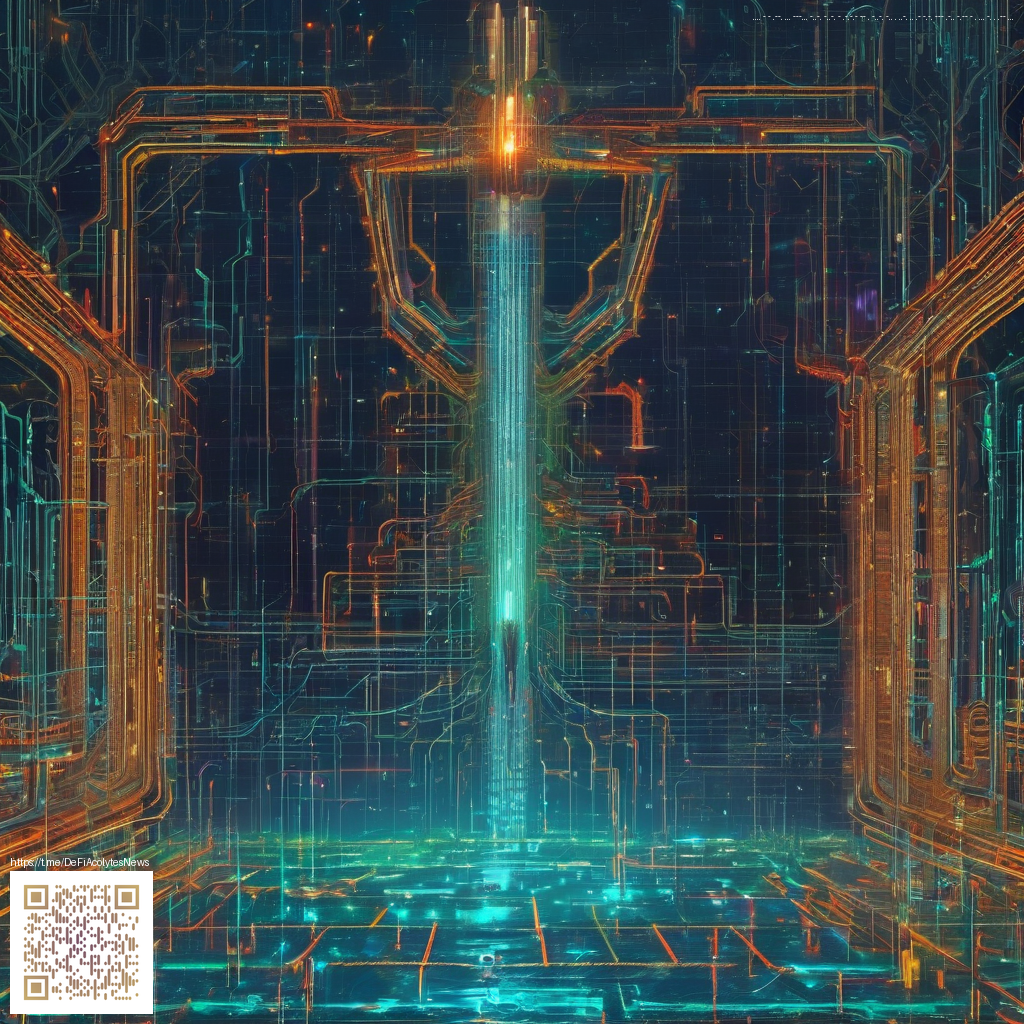Roguelites vs Roguelikes: Understanding the Core Differences
Many players encounter the terms “roguelike” and “roguelite” and wonder what actually separates them. At their heart, both genres prize replayability through procedural generation and a willingness to start from scratch after a setback. Yet the pacing, progression, and risk profile diverge in meaningful ways that shape how you approach a run, learn a dungeon, and enjoy the long arc of a campaign.
Traditional roguelikes lean into the classic blueprint: grid-based movement, turn-by-turn action, and permadeath that wipes your progress clean after every fatal mistake. The emphasis is on mastery, memorization, and careful planning, with victory often rewarding a deep understanding of a procedurally generated world and its ruthless boss encounters. Roguelites, meanwhile, blend those anchor ideas with modern design sensibilities—more forgiving systems, real-time action, and persistent progress across runs. The result is a spectrum rather than a binary: some games feel like pure tests of memory, while others invite experimentation and incremental growth between attempts.
Core mechanics: what makes each style tick
- Roguelikes: permadeath is absolute, dungeons are procedurally generated, and the game rewards strategic planning, resource management, and pattern recognition. Combat is often methodical, and success relies on precise positioning and long-term knowledge of enemy behavior.
- Roguelites: permadeath still looms, but there’s usually a form of meta-progression. Upgrades, unlocks, or persistent currencies carry over between runs, and combat frequently emphasizes speed, reflexes, and accessible mechanics that invite experimentation rather than heavy memorization.
Progression and risk: how you feel the impact of each run
In a pure roguelike, each run is a fresh test of skill and adaptability. Your decisions matter in the moment, and the sense of accomplishment comes from conquering the entire dungeon through careful play and knowledge. Roguelites shift the balance toward learning from failure—success is not only about finishing a single run but about accumulating improvements that persist across sessions. This can create an appealing loop: you reach milestones, unlock new tools, then return to the next run with a stronger footing.
For players, the choice often comes down to mood. If you crave a tight challenge that rewards meticulous mastery, you’ll gravitate toward roguelikes. If you want the thrill of discovery with mid-run momentum and a tangible sense that you’re building toward a larger goal, roguelites are typically more satisfying.
Design implications for players and developers
From a design perspective, the distinction informs pacing, accessibility, and how players engage with learning curves. Roguelikes tend to favor depth and complexity, with meticulous systems that reward long-term strategy. Roguelites use approachable mechanics, smoother progression, and a clearer sense of progression between runs. It’s why modern titles in this space span a wide range—from hyper-difficult dungeon crawlers to fast-paced action roguelites that feel more like arcade experiments with a longer tail of rewards.
For players who like to optimize their setup and routines, even the small peripheral you use can affect your experience. For example, having a clean, charged device within reach can keep you focused during long sessions. If you’re exploring new gadgets, you might check out the Neon UV Phone Sanitizer 2-in-1 Wireless Charger. It’s a practical companion for late-night gaming sessions and can be explored further on the product page Neon UV Phone Sanitizer — 2-in-1 Wireless Charger.
Historically, titles like Hades epitomize the roguelite approach—tight, action-forward play with meaningful meta-progression—while classics such as NetHack or Angband showcase traditional roguelike design, inviting patient study and planning. Recognizing where a game sits on this spectrum helps you pick titles that align with your preferred balance of risk and reward. If you’re curious to explore related discussions, a broader compilation of perspectives can be found on pages like https://defiacolytes.zero-static.xyz/2fa267b1.html.
Practical tips for players
- Decide your mood: do you want the tight discipline of a classic roguelike, or the momentum of a roguelite with lasting upgrades?
- Experiment with run length: some roguelikes reward patient, longer campaigns; roguelites often encourage quick cycles with frequent returns to the action.
- Leverage meta-progression: in roguelites, prioritize upgrades or unlocks that boost your next attempt without reinventing the wheel each run.
- Balance readiness with risk: ensure your setup supports long sessions—clean devices, a comfortable play area, and reliable charging—so you can focus on the game rather than logistics.
Whether you approach from the stubborn, rule-heavy side of roguelikes or the flexible, forward-progress orientation of roguelites, the core appeal remains the same: each run is a story of adaptation, learning, and the satisfaction of improvement across time.
